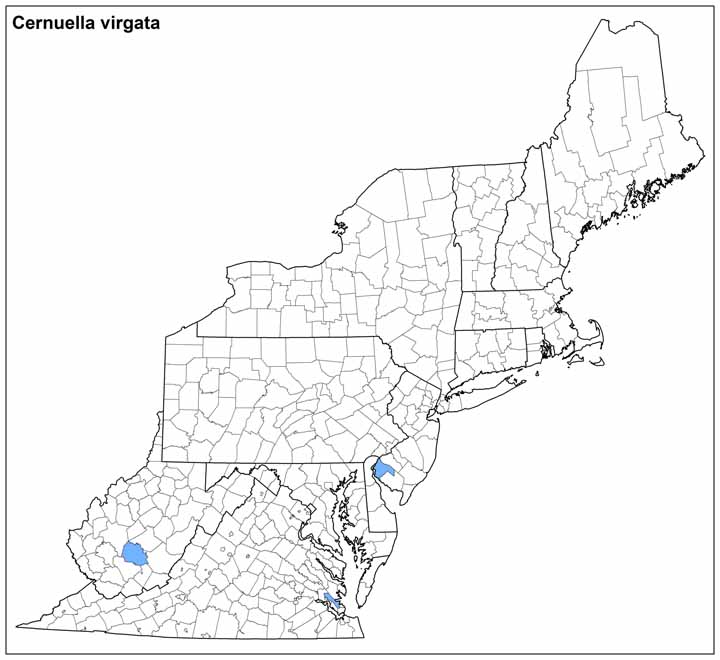Land Snails
-BF-(c).jpg)
Photo(s): Image of Cernuella virgata © Bill Frank.
Click photo to enlarge.
Cernuella virgata (da Costa, 1778) (non-native)
Family: Hygromiidae
Common name: Vineyard Snail
Identification
Width: 8-25 mm
Height: 6-19 mm
Whorls: 5-7
The shell of Cernuella virgata is globe-shaped with a rounded aperture and a narrow umbilicus. Just inside the lip is a rib-like callus. The shell is decorated with a variable pattern of bands – one to several reddish-brown spiral bands on an off-white background, though they may be absent, or sometimes overlapped by series of radial bands or blotches.
Ecology
It prefers open, dry, calcium-rich habitats including sand dunes, grasslands, and hedgerows (Kerney & Cameron, 1979). It is a pest of fodder plants such as clover in fields, and may contaminate field crops or jam machinery (Godan, 1983). In South Australian fields C. virgata has two breeding periods each year, and spring abundance was mildly correlated with rainfall (Baker, 2012).
Taxonomy
Synonyms for C. virgata include Helicella virgata and Cernuella cisalpina.
Distribution
This animal is a Mediterranean and western European native, introduced to North America and Australia. Cernuella virgata was not recognized as a member of the North American fauna by Pilsbry (1939), nor as part of the Virginia fauna by Beetle (1973). However, Leslie Hubricht had found this animal in vacant lots in Norfolk as early as 1943, and it was also found by Tim Pearce on Chincoteague Island in 2000 (unpublished museum specimen records, FMNH; DMNH).
Conservation
NatureServe Global Rank: not ranked
NatureServe State Rank: not ranked
Ken Hotopp 2/2013
Range Map (click to enlarge)


